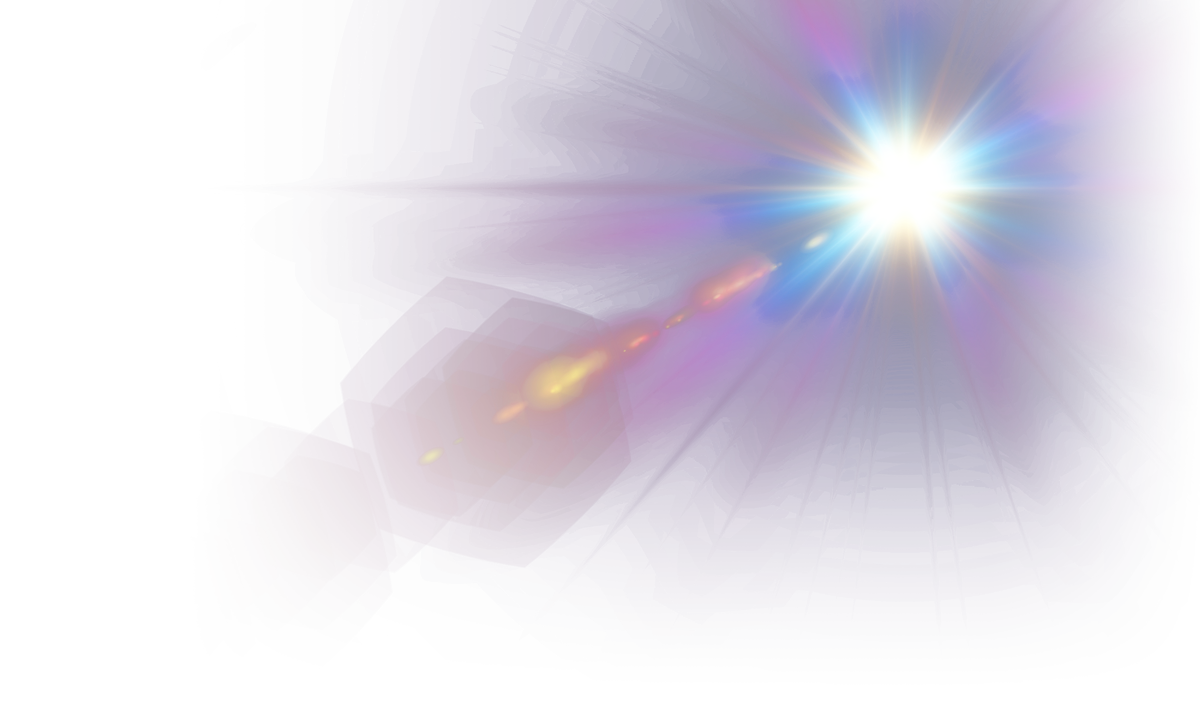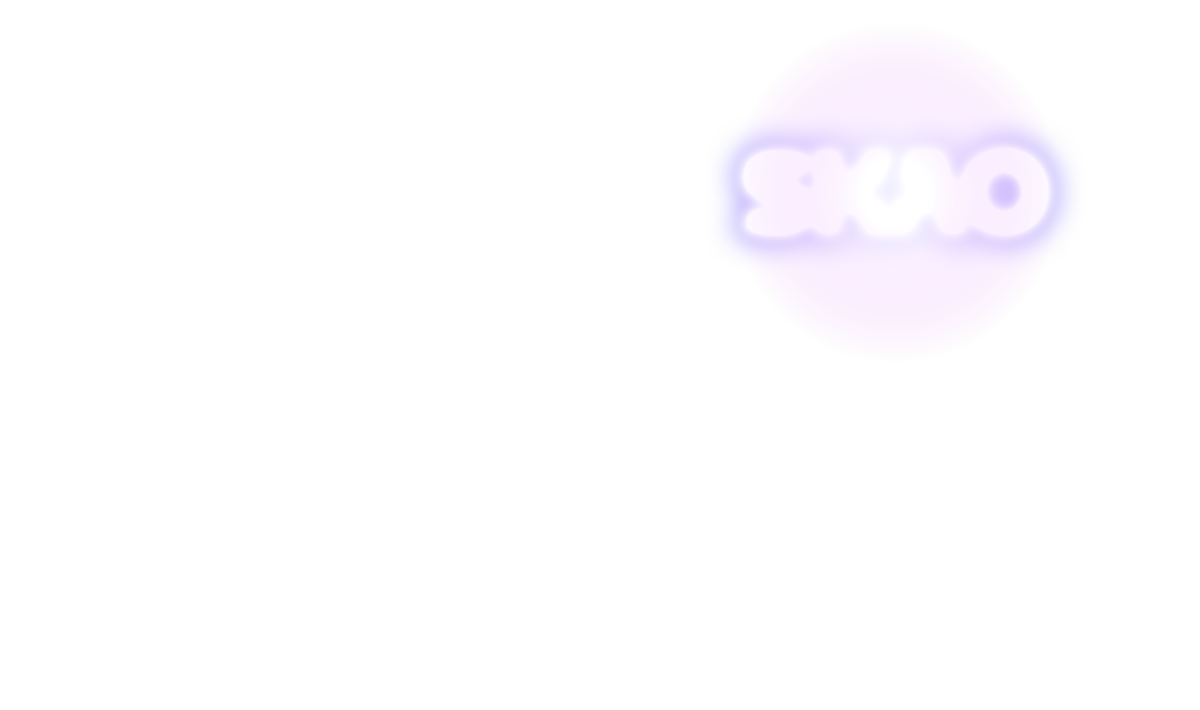Science User Q&A
-
When complete, the AA* telescopes will be the world's largest radio telescopes. They will be highly flexible, highly capable scientific machines. We are anticipating following a series of scientific milestones that are described on the SKAO Scientific Timeline page.
Ahead of the standard cycles, we will offer early access to the telescopes through Science Verification, first with AA2 in the first half of 2027 for Low and 2029 for Mid and then with our AA* arrays in 2029 for Low and 2031 for Mid. Science Verification will be community driven, from the submission of ideas through to the public delivery of data products through the SRCNet. The first call for Science Verification ideas is due in 2026. Science Verification will be followed by our first shared risk operational cycle (cycle 0) in 2030 for Low and 2032 for Mid.
-
SKAO’s policies and processes for time and resource allocation are currently being developed and working towards approval by SKAO Council. These policies will cover all aspects of data access including proprietary periods, the evolving balance of time between KSPs and PI projects, Open time, etc.
While we are still in the drafting stage, we can already say that calls for proposals will be made 6 months ahead of the cycle, that time will be allocated on the basis of scientific merit and technical feasibility, while maintaining access proportional to member shares. The TAC process will follow best practice, likely employing the use of dual anonymous assessment, with both a distributed peer review and a thematic panel. We will continue to update this answer as the policy is developed further.
-
In order to support Science Verification and standard operations, the Observatory will need to deliver several significant resources to enable accurate calibration of the requested Observatory Data Products. Chief amongst these will be the creation of the Global Sky Models – building up the most detailed all-sky continuum survey of the southern sky. This, and other data products will be shared publicly with the community as part of the Science Verification process. The detailed, complete plan for Observatory-led products is under development, but promises to be an important scientific resource.
-
Science Verification (SV) will be the first opportunity for the community to access SKA data. Before SV begins, the Observatory will issue a call for SV ideas. All SV data will be made publicly available to enable the community to evaluate data reduction workflows, support early scientific return, and contribute to building trust in SKAO-generated data products. Community participation during this phase is essential for validating Observatory processes and shaping effective workflows ahead of regular operations.
As part of Science Verification we plan to deliver not only the highly processed Observatory Data Products (like image cubes) but also some of the constituent, more raw products (like calibrated, averaged visibilities), alongside some SRCNet resources, offering the ability to run SDP pipelines and compare with the results from standard astronomy packages. To support this engagement, the SKAO and SRCNet will offer workshops, tutorials, and other resources to assist users in working with SKA tools and data products ahead of SV and beyond.
-
The detailed plan towards KSP planning, processes and proposals is currently under development. It is currently expected that KSPs will start during cycle 3, with the planning and call for first KSPs made 2.5 years ahead of that cycle. During cycle 3 we expect that a number of the capabilities and Observatory Data Product processing will have reached a maturity level that is able to support the significant investment required by KSPs, both in terms of telescope time and compute resource.
-
As described on SKAO Scientific Timeline page, we will build to the full complement of modes and capabilities over several stages. We have defined a rollout of modes that we are confident we can deliver, while maintaining a sensible, considered progression towards the full set of capabilities constrained by the delivery of the hardware, complexity of the software and a sensible commissioning schedule.
-
The SKAO’s publication policy is under development and will evolve as the SKA approaches regular Science Operations. During commissioning, data are not public, and publications will be led by SKAO personnel or by community collaborations with strong Observatory involvement. In the Science Verification phase, data will be public and publications can be led by anyone. In observing cycles, for standard projects, a proprietary period will apply, and publication can be led by anyone.
-
At the moment there are no specific plans for delivering Bands 3 & 4 with AA*. Once the SKA Observatory Development Programme begins (post construction), there is an opportunity to bring these bands onto the science and technology roadmap for the development of the Observatory.
-
The SKAO is not planning on making modifications to the operating frequencies of Band 5b. We are engaging at national and international level with radio regulators and in direct interactions with industry to identify mitigation measures that minimise the future impact of satellite constellations in band 5b. In this context the SKAO has confirmed that downlinks from satellites will not produce non linearities in band 5b, and we are in the process of testing and implementing technical mitigations such as Boresight Avoidance (which we have already trial tested with SpaceX using the Onsala Twin Telescopes in Sweden).
The Observatory is committed to the protection of radio astronomy through its efforts at the ITU-R, UN COPUOS and in the IAU Centre for the Protection of the Dark and Quiet Sky. We will continue to update our scientific community on the effectiveness of the mitigations achieved and our regulatory efforts.
-
Answers coming soon!
-
The aim is to have SRCNet functionalities, through an early pre-release version of SRCNet, available for early Science Verification (AA2). The SRCNet Project is targeting ensuring that suitable capabilities are available to support the SV schedule, starting in 2027 for Low, with additional tooling and growing capacity rolling out ahead of SV needs.
-
The SRCNet resources will form a global pool that is centrally managed and will be allocated to user groups on the basis of resource projections made once each call for SKA proposals has closed. Resource allocations will be made to SKA project teams according to their need and the availability of suitable resources. This will form part of the technical assessment of the end-to-end feasibility of a project.
Allocations will be per group and not be country specific - user jobs will be directed to the most appropriate site, depending on the user needs and where resources are available.
-
Data delivered to the SRCNet will have been generated via SKAO pipelines, with users selecting specific workflows for data products prior to observation. During the Scheduling Block design stage SKA Users can select suitable parameters for SKAO pipelines to ensure that the data products are tuned to their science needs.
Part of the proposal evaluation process will look at proposed data products (i.e. data products delivered to SRCNet) and assess the technical feasibility and SRCNet resource use associated with their proposed analysis. For a small number of large projects, it is anticipated that a small fraction of the project could be undertaken and delivered to SRCNet for user analysis and feedback before confirming that the ODPs have been optimally generated (i.e. with correct pipeline parameters). It is expected that the vast majority of projects will request highly processed ODPs and requests for raw data products will need to be well scientifically justified - shifting data processing from the SDP onto SRCNet is not part of the Observatory operational model.
-
At the proposal stage, KSP and PI teams will be expected to include a complete list of the required ODPs. In order to manage availability of SKAO processing resources, including the SDP, the Observatory Scheduling Tool will extend to include predictive load for the SDP, which will be taken into account when scheduling observations.
While, like everything, subject to resource limitations, the number of ODPs that will be approved is ultimately dependent on what is required to achieve the science. The answer to the common question “can I request two images of the same dataset with different weighting schemes” is absolutely yes if the science requires it.
Resource limitations apply to the combined observing and data reduction schedule, not usually to individual data products. However, since the overall data processing and data product volumes need to fit within the resource envelope, in the same way that telescope-time is limited to the minimum scientifically justified, there will be pressure to deliver the smallest & simplest data set that meets the science need. Requesting a large amount of SKAO resources will make a project harder, and in extreme cases, may limit our ability to execute the project.
-
The SKA-Mid AA* array consists of 143 antennas within 36 km and one further antenna, SKA008, which offers a maximum baseline of 108 km. SKAO has every intention of allowing SKA008 to be used for science, however, the inclusion of this antenna into the array must be justified both scientifically and technically, especially since a single long baseline creates a suboptimal PSF and presents significant imaging challenges. The SKAO anticipates building up to its inclusion, and we do not plan to offer SKA008 for imaging projects during SV.
-
Whether projects can be executed commensally will depend on there being sufficient telescope resources available to do so. The Observatory will use the Observation Planning Tool (OPT) to identify scheduling blocks (SBs) that can be executed commensally, as it is not expected that PI projects will know ahead of time whether their projects can or will be executed commensally. For large surveys, it is perhaps more likely that we will know ahead of time the kind of projects that can be executed commensally and arrangements will be made once the KSPs are allocated. Given the changing resource limitations, we anticipate that our ability to execute commensal observations will evolve as we progress through the cycles. As such, we would caution against making scientific concessions in order to artificially allow large surveys to be conducted commensally.
-
Answers coming soon!
-
The SRCNet model ensures equitable global support by providing resource allocations based on SKAO group membership, not nationality. A common, web-based, Science Gateway will be offered to all users and will support remote access. User sessions will be automatically directed to the SRC best suited to their needs. Federated identity management, archive storage and workflow execution will create a location-agnostic system where resources are optimally distributed in a controlled way.
Support for users on SRCNet will be integrated with the SKAO user support.
-
Workflows appropriate to specific science cases are being developed now in the SRCNet Project. We intend to develop these into runnable software workflows to test suitability of SRC sites and of SRCNet to support specific user needs as the science timeline evolved. These complete workflows will form the basis of future workflow templates that users can select and adapt to their needs. The timeline for the development of AA2 SV workflows is 2025, ready for testing at scale in 2026 - with ordering following the science roll out plans (i.e. starting first with those workflows expected to be needed first).
-
Answers coming soon!
-
Answers coming soon!
-
A summary of SKA tools currently available can be found on our website. Information on how to engage with and provide feedback to these tools are detailed on the individual tool pages.
Alternatively, if you are looking to get involved with testing and providing feedback to new tools as they become available, please fill out an expression of interest and the Observatory team will be in touch!
-
Answers coming soon!




